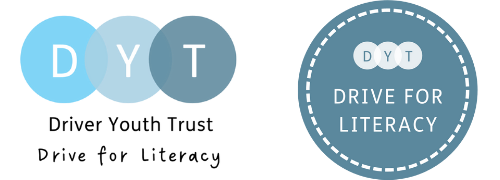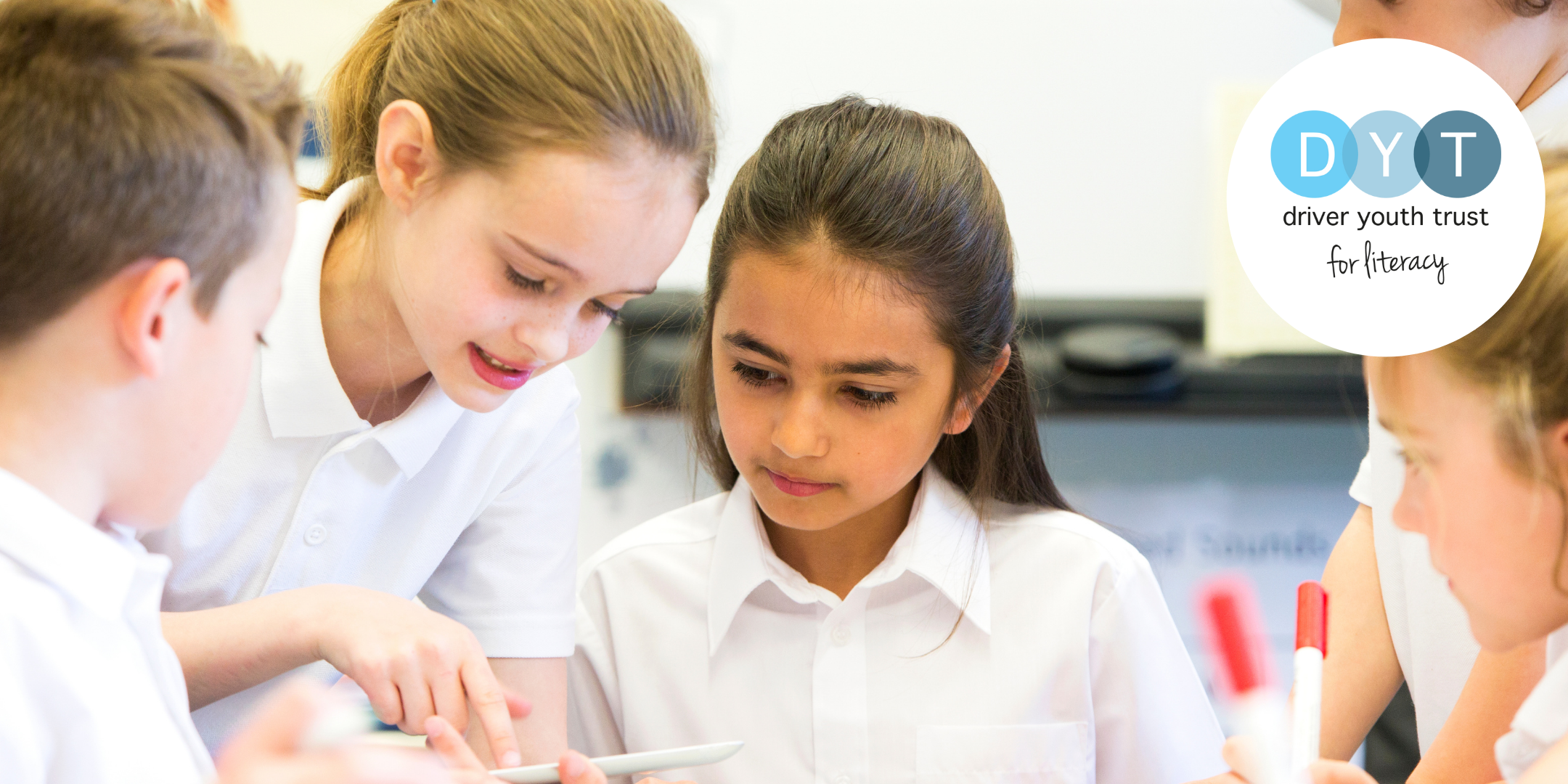
Five ways to inclusively support spelling in your classroom
14/12/2021
Support spelling and vocabulary in your classroom easily and inclusively with our top tips. Discover more ideas and strategies for supporting reading, writing and communication skills in our literacy hub.
1. Find patterns
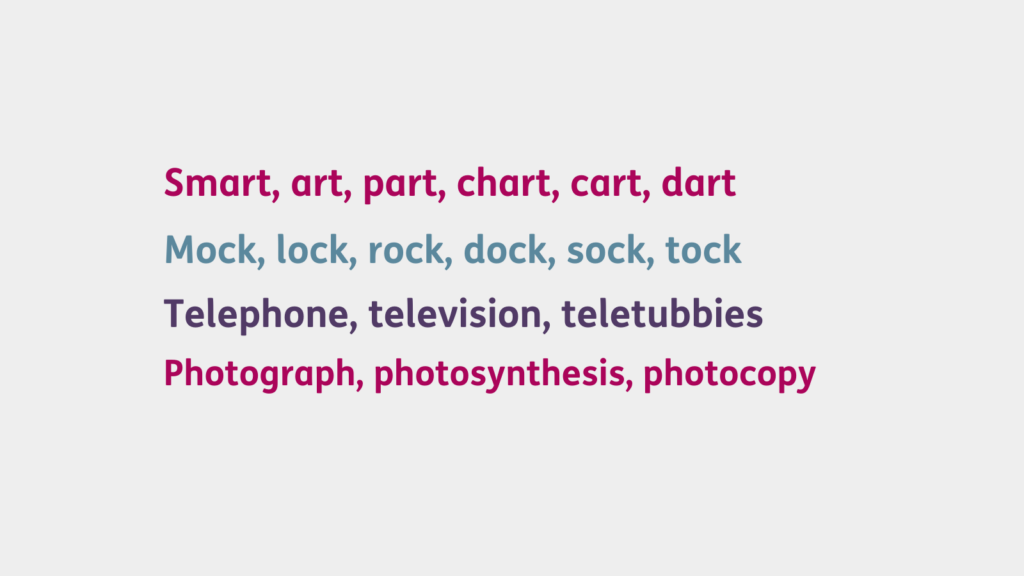
Help the learner to identify patterns either by using the sounds in the words or what they look like. Grouping words helps reduce the overall amount the brain needs to remembers – this is called ‘chunking’.
2. Mnemonics
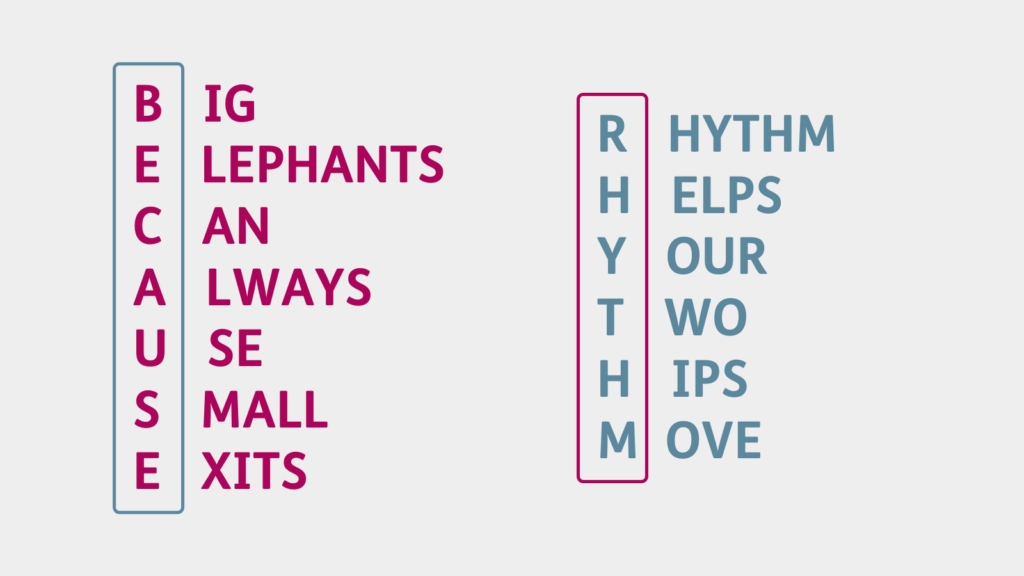
A sentence, especially a humorous one, is easier for a child to remember than a string of letters. Mnemonics are particularly helpful with words that don’t have obvious sounds or visual patterns, like ‘because’ or ‘rhythm’.
3. Sounding-out and syllables

Phonological awareness is a persistent difficulty for learners with literacy difficulties, but breaking down words can be unpopular as learners grow older. Despite this, sounding out words can still be helpful. When checking if a word is spelt correctly, if there aren’t enough syllables then a child knows they’ve gone wrong!
4. Words in context
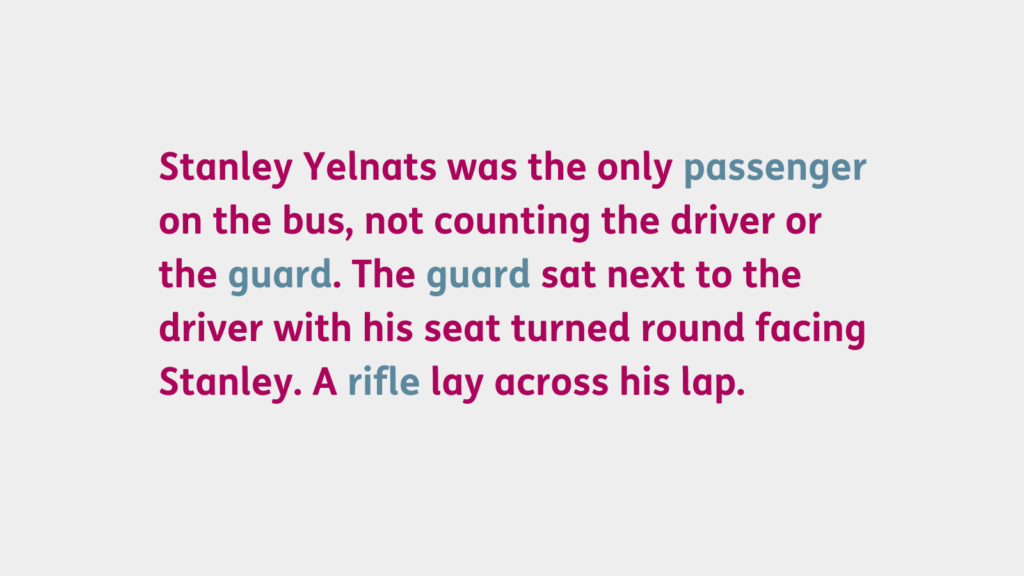
Add meaning to words by looking at their definitions or finding them in books. This allows learners to see them as part of a sentence, rather than trying to remember them as a series of letters.
5. Little and often

Limit activities to 5-10 minutes a day, but repeat key words regularly. Repetition is important to children who struggle with spelling as it takes much longer for their brains to store these words and recall them automatically.
Continue learning with DYT
At Driver Youth Trust, we believe the key to truly inclusive literacy is in the hands of the school’s workforce. We provide a range of CPD courses for teachers, TAs, SENCos and leaders, with options for everyone in your school no matter their starting point, capacity or budget. See our best-sellers below or contact us for in-house professional development: programmes@driveryouthtrust.com.
